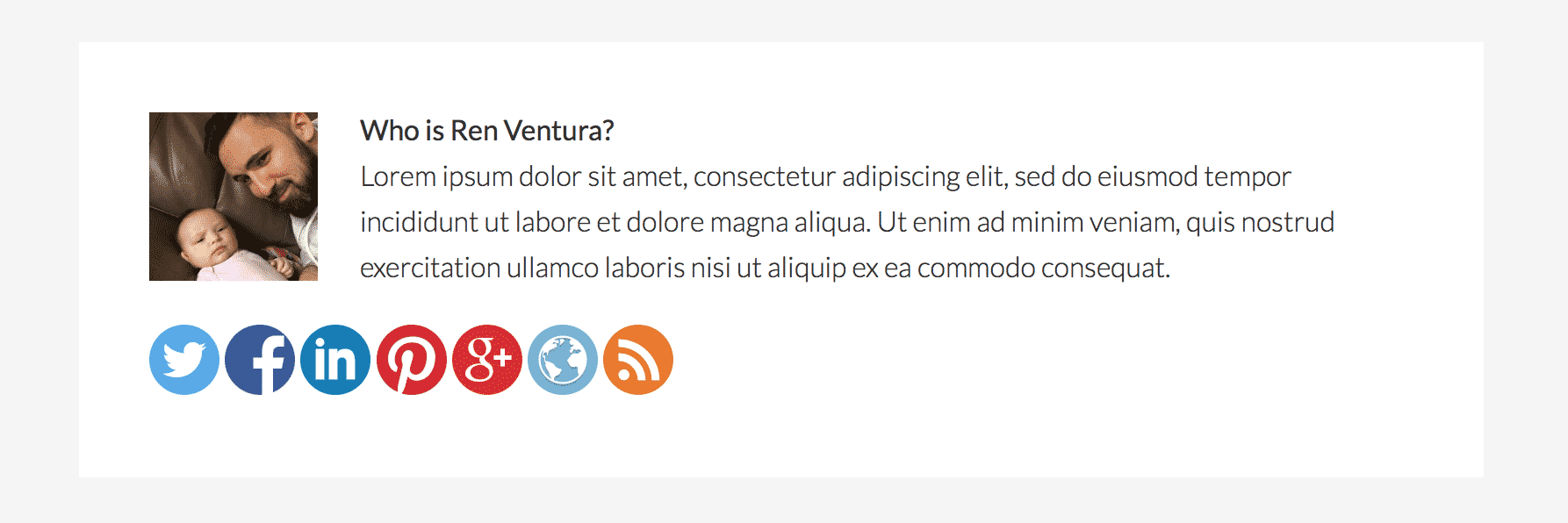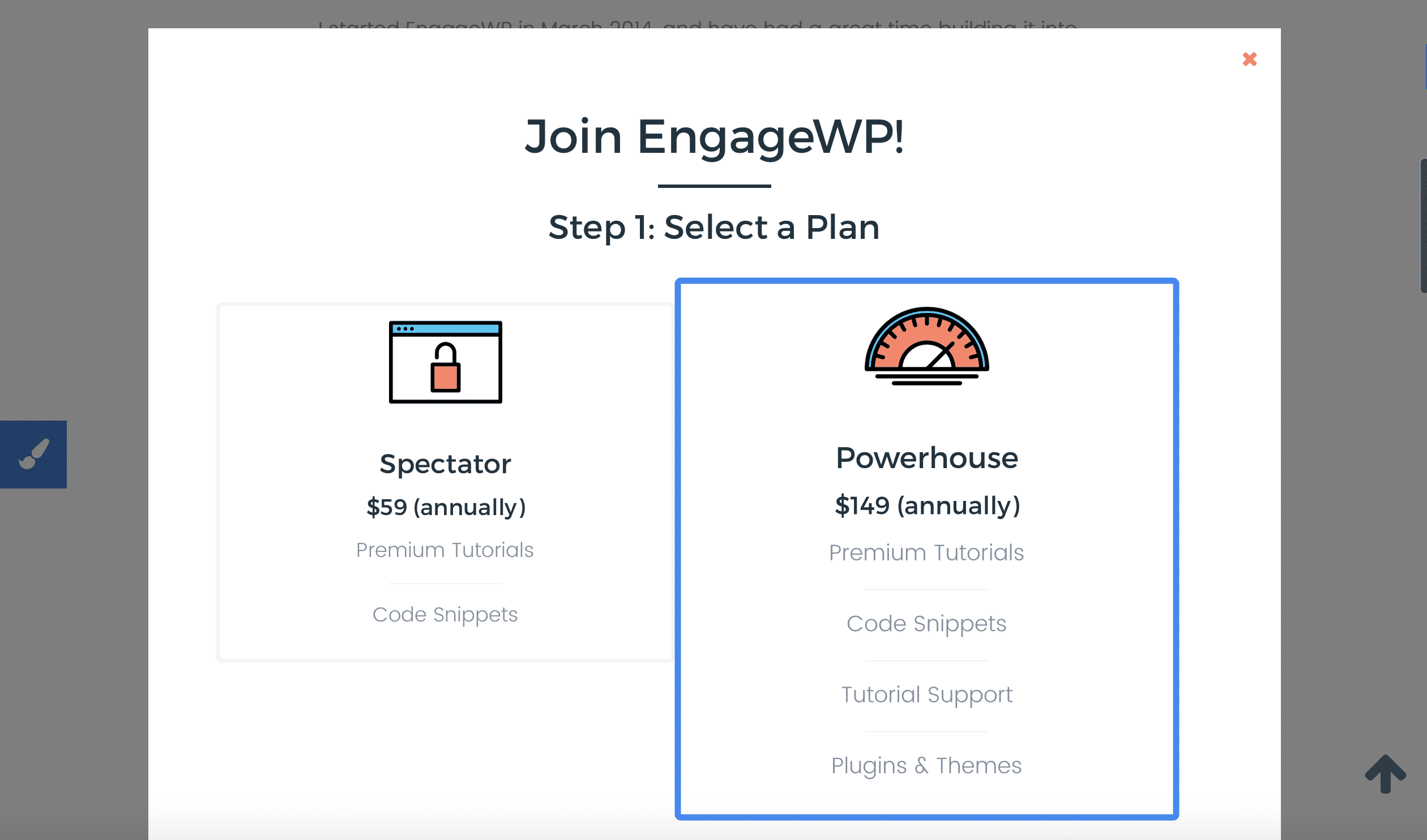The following snippet will remove the "Logged in as {username}. Log Out?" link from the WordPress comment form.

Professional WordPress development services, and awesome WordPress content, including as tutorials, snippets, reviews, downloads, and more.

The following snippet will remove the "Logged in as {username}. Log Out?" link from the WordPress comment form.

I got an email from Vishal, asking about how I added the twitter follow call-to-action in my menu. He asked if I could put together a tutorial, so here it is. This is actually a pretty easy thing to do, and there are only a couple of steps. Add a CSS Class to a Menu Item First, head into the

If you've ever needed more control over your author box when using the Genesis Framework, I've released a new plugin that lets you customize the Genesis author box in practically any way imaginable. Whether it's simply customizing the author box headline, or something more complex, such as

I started EngageWP in March 2014, and have had a great time building it into what it is today, over two years later. Over those two years, I've established a solid stream of traffic, built a nicely sized email list, and generated a good amount of client work from the content I've written. My main

I've always felt that discounts in Easy Digital Downloads should have an email requirement/limitation, such as the one seen in WooCommerce. This means that admins can create discounts that can be used only when a customer's email is authorized. In order for a discount to be applied to the customer's

In Genesis, site admins can add custom scripts (JavaScript) on a per-page basis using the Scripts meta box on the page's edit screen. This is a useful feature for adding some custom JavaScript that should only be output on one page. For example, if you want to add some specific tracking script to a
tl;dr At the end of this post, please see the poll about a potential SaaS product that would block the use of "throwaway" emails on your WordPress website. A couple months ago, a client of mine asked me about ways to prevent readers from using throwaway emails on her website. On her website, she

@CLE_Ren got any templates/examples to follow?— Ben Weiser (@benweiser) March 19, 2016 After Ben tweeted his disdain for the WordPress Settings API, a common pain in the ass for WordPress developers, I shared how I typically handle custom settings pages. This post shows a basic template of